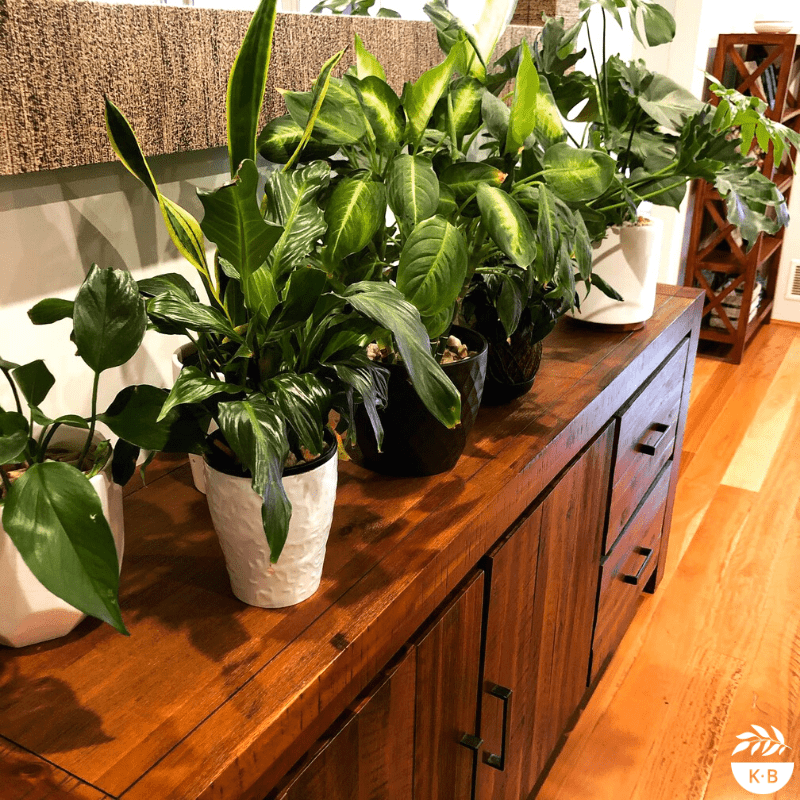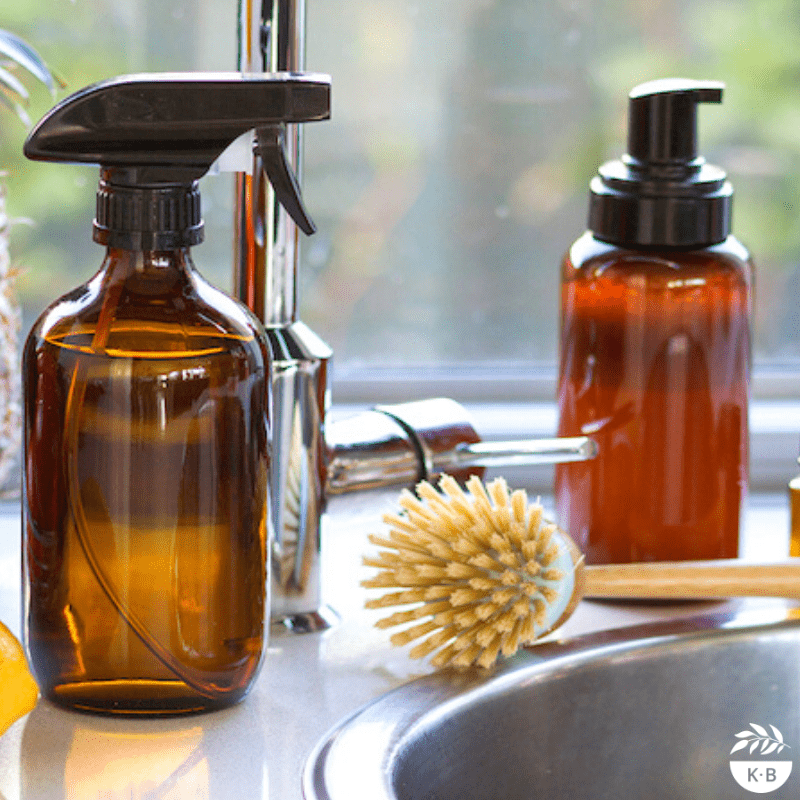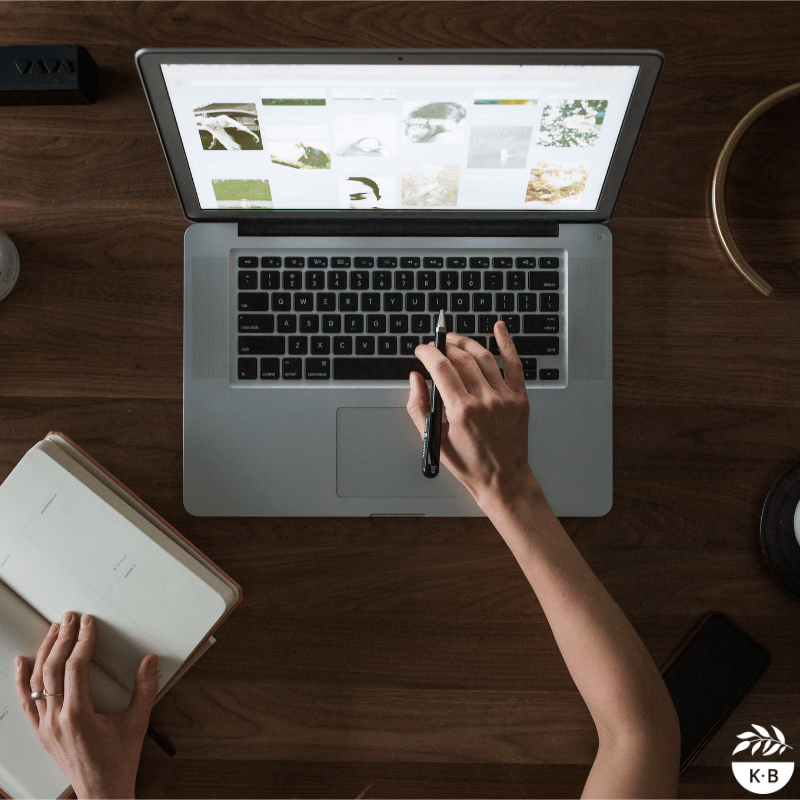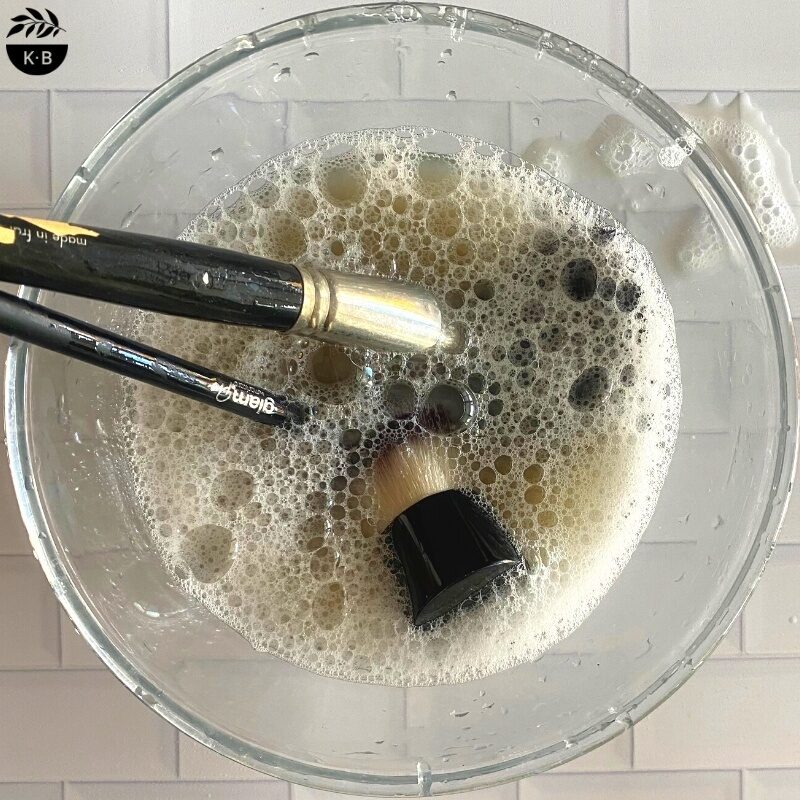 Detoxing your home is the first and easiest step to take when trying to create a life that is less toxic. There is growing evidence from countless research articles indicating that indoor air is more polluted than the outdoors. Anne Steinman, an internationally-recognised expert on environmental pollutants, says during her interview for Up Close (a research talk show from the University of Melbourne) that “in most urban areas and industrialised countries the concentrations of hazardous air pollutants indoors are often several times if not several hundred times greater indoors than outdoors“.
Detoxing your home is the first and easiest step to take when trying to create a life that is less toxic. There is growing evidence from countless research articles indicating that indoor air is more polluted than the outdoors. Anne Steinman, an internationally-recognised expert on environmental pollutants, says during her interview for Up Close (a research talk show from the University of Melbourne) that “in most urban areas and industrialised countries the concentrations of hazardous air pollutants indoors are often several times if not several hundred times greater indoors than outdoors“.
Given that so many of us spend a great deal of the day indoors, this is quite serious. It is important to give special consideration to those with developing and compromised immune systems: infants, children and the elderly, who may spend the majority of their days inside.
You may have firsthand experience with acute symptoms such as headaches, nausea, dizziness, skin irritation, asthma, flu-like symptoms etc., or perhaps you don’t notice any symptoms? This doesn’t mean you are not being affected.
The impact could be slow and cumulative, manifesting as a health issue in the future. Either way, it is worth looking into the health of your home environment and making small changes to clean it up.
Tips To Detox Your Home
1. Choose better ingredients
Simplify your beauty and cleaning routines. Use less ingredients in general (creams, lotions, powders and sprays), choose products with ingredients that you know and trust (and if you don’t, look into it – this blog will help), clean with water and vinegar, wash with castile and organic soaps, scrub with salt and lemon. Ditch the commercial cleaning bottles that don’t list ingredients (they don’t legally have to tell you what’s inside, did you know that?) and be conscious of – and educated on – what you’re spraying/using/scrubbing/rubbing.
2. Circulate and purify air
This is an easy one that doesn’t require expensive or fancy systems. Simply open windows as much as possible to circulate air. Volatile Organic Compounds (VOCs) are ‘a class of carbon-based chemicals, which evaporate easily at room temperature, giving off vapours that can be inhaled’ (Is Your Home Making You Sick? – Peter Dingle). Sources of VOCs include paint, carpet, electrical appliances, furniture etc., and these chemicals are found in the dust particles of most homes. I saw the incredible Don Tolman at a seminar last year and he claimed that a ceiling fan is the BEST air purifier on the planet. He also advises that we leave windows open (if safe to do so) when we sleep, even in cooler weather. Of course, diffusing pure essential oils is another way to clean the air – make sure you’re using a trusted brand of oils.
3. Vacuum frequently
Another excellent way of removing VOCs from your home is to clean regularly. Naturally, you’d be cleaning with non-toxic products (perhaps ones you’ve made yourself!). Vacuuming with an appliance that uses a HEPA filter is recommended.
4. Remove shoes at the door
You would be amazed at the amount of icky stuff we bring into our homes on the soles of our shoes. A great way to encourage guests to remove their shoes when entering your home is to leave a few pairs just by the doorway as a hint.
5. Avoid scented candles and air fresheners
Get rid of them. They do not ‘freshen’ air and the chemicals used in the fragrances, as well as the gases emitted from petroleum-based waxes, have been linked to some quite serious health complications and are often compared to the ‘new passive smoke’ in terms of health effects. Once you ditch the fake smells, you will be amazed at how potent the softener aisle is at the supermarket!
6. When buying new furniture…
Open boxes outside and ventilate rooms for as long as possible. At one of my workshops in QLD in 2019, I met a lady with a son who was severely affected by chemicals. She made every effort to clean up their lives and abode – and was doing quite well. That is until one day when her son had a severe reaction, out of the blue. After a long process of elimination, they worked out it was caused by the chemicals sprayed on the new flat-packed furniture they put together and the boxes they then let their kids play with (as we all do, right?). Another story comes from a lady I met in NSW last year that was basically bed-ridden for unexplained reasons, despite all her efforts and testing to work it out. Turns out that the products and boxes they were importing from China for their business were coated in a white toxic powder, which she assumed was used to kill any insects/bugs etc., when entering our shores. Also avoid stain-proofing sprays if possible.
7. Check for mould
This is a big one, especially if you live in the tropics. Mould spores can make you very ill, so the best way to treat it is to prevent it. Open shower doors after use (or dry it like my mother-in-law does, if you can be bothered!); run exhaust fans in bathrooms; make sure clothes are completely dry before folding and storing; use clove oil and vinegar to kill mould (bleach doesn’t kill mould, and some mould spores feed off bleach). If you suspect a serious infestation, in walls and cavities, get a professional in. It’s costly but the alternative could result in serious health issues, including pneumonia.
8. Keep lots of indoor plants
NASA has published research on the effectiveness of indoor plants in filtering and purifying air. Benzene and formaldehyde are among the chemicals tested and results indicate that plants really do improve indoor air quality. Below are some of the recommended plants (image source), however, anything is better than nothing. Aim for one per room and don’t forget to water them!
9. Avoid pesticides and fly sprays
Did you know that a simple vinegar spray on weeds does the job most of the time? And a sprinkle of borax on ant mounds can eliminate them? Kids love finding caterpillars on leaves so if you have a veggie patch and children, maybe create a challenge for them: most caterpillars collected equals extra time in the pool/a trip to the park/a cookie baking session etc.
10. Don’t smoke
This is obvious, right?
There we have it, my top 10 tips to detox your home easily. The list is achievable and realistic for most people. And don’t worry if there are things on this list that you just don’t think you could manage right now. It’s OK. Just do what you can now and leave the rest on your to-do list until you’re ready. The best way to keep at it with a less toxic lifestyle is to keep it real and to feel like you’ve got a handle on it. Every little step you take in the right direction is a win – and you should be super proud!








2 Comments
Hi Krissy,
Do you include suppliers for the diy products?
I am on the northern end of the Gold Coast and also conscious of carbon footprint.
Thanks, Gill
Hi Gillian – I have a blog on my favourite suppliers here 🙂
https://krissyballinger.com.au/blog/my-favourite-suppliers-of-natural-ingredients-packaging-accessories/